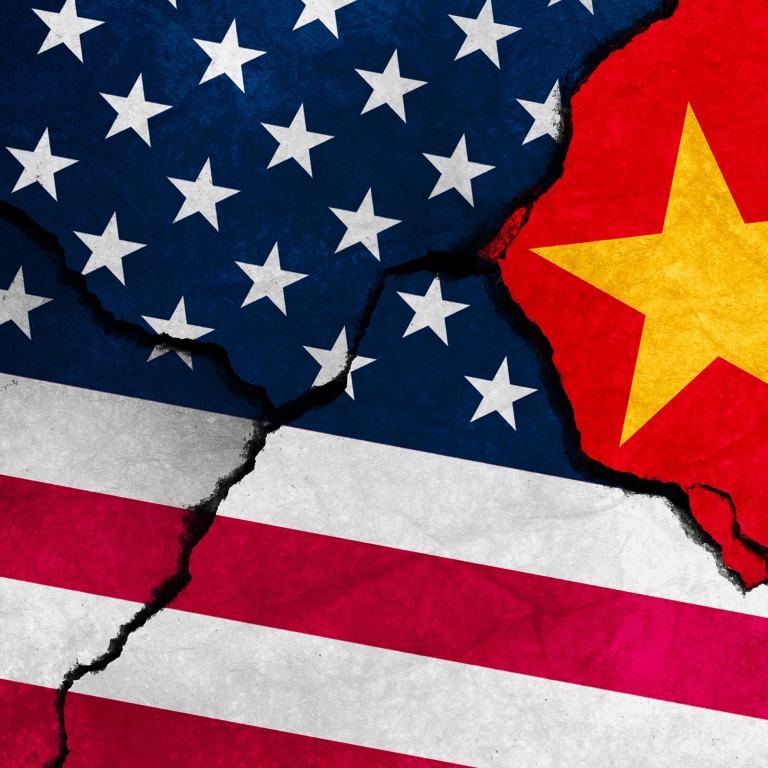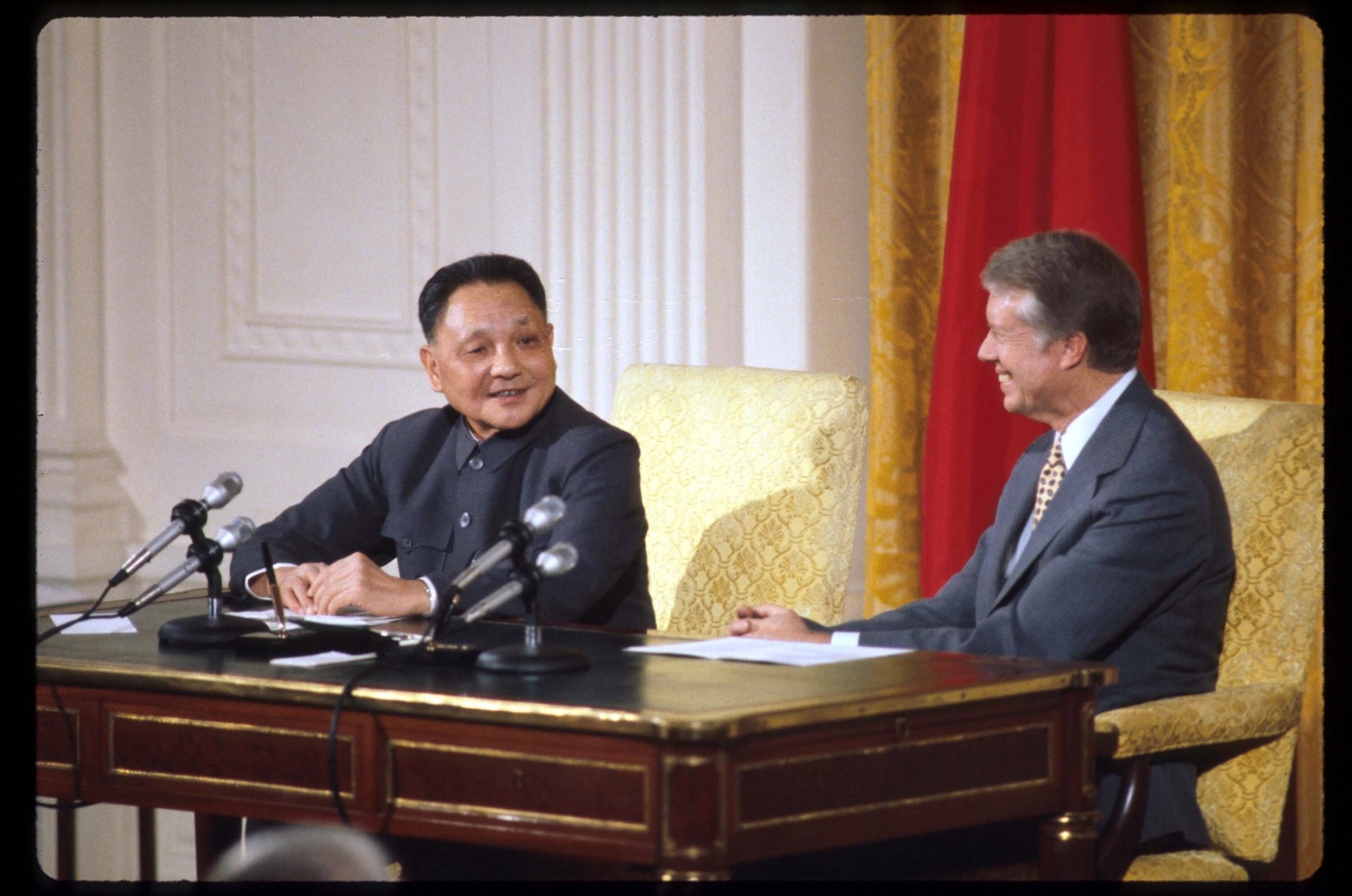“Renewal of US-China science pact likely to be delayed again as sticking points remain”, South China Morning Post
Khushboo Razdan in Washington, Published 27 Feb, 2024
- The US-China Science and Technology Agreement, the first bilateral deal between the two countries, faces a Tuesday deadline for its continuance
- Washington’s concerns include access to data, the personal safety of US scientists in China and Beijing’s possible use of shared research for military purposes

The renewal of a key science and technology treaty between Beijing and Washington is likely to be delayed again when its six-month extension expires on Tuesday while negotiations on its new terms and conditions continue.
“On behalf of the US government, the Department of State is negotiating to amend, extend and strengthen protections” within the US-China Science and Technology Agreement, a department spokesperson said in a statement to the South China Morning Post on Monday.
The spokesperson said that specific information on negotiating positions or “whether the agreement will be extended past its current expiration date” could not be provided, but added that there was “no higher priority” than “the safety and security” of American citizens overseas.
Asked for a comment, the Chinese embassy in Washington said it had “nothing to offer at this time”.
The US-China Science and Technology Agreement was signed as the first bilateral deal between the two countries in 1979. Since then, the symbolically significant pact has been renewed every five years – the last time under then-president Donald Trump in 2018.

But last August, the administration of US President Joe Biden decided against full renewal and approved continuation only until Tuesday to allow for renegotiations.
The decision followed Washington’s concerns that Beijing could gain military advantage if cooperation in scientific research was not curbed.
A report last year by the Australian Strategic Policy Institute placed Chinese researchers ahead of Americans in 37 of 44 sectors including defence, space, robotics, energy, environment, biotechnology and quantum technology.
In the past six months, two rounds of discussions have taken place in Beijing. The latest meeting was held with a visiting Chinese delegation earlier this month in Washington.
China science deal must address US national security concerns: State Department24 Jan 2024
According to Denis Simon, a distinguished fellow at the Institute for China-America Studies, another extension is likely. “I don’t think it will happen by the 27th but soon thereafter,” he said.
The tensions between the two global powers have created new hurdles, with the personal safety of US scientists who travel to China to collaborate on research projects a major issue in light of China’s new national security regulations.
The US wants to “make sure that they will not be detained, or harassed or anything of that sort, and that those who come can be assured that they can return home as they need to”, said Simon, a former executive vice chancellor of Duke Kunshan University in China who is familiar with the talks.
The State Department travel advisory for China asks American citizens to reconsider their travel due to “the risk of arbitrary enforcement of local laws”, including “in relation to exit bans and wrongful detentions”.
The United States would like to have a much more narrow-focused agenda
Denis Simon, Institute for China-America Studies
Amid national security concerns over the use of joint research for military purposes, issues related to the scope of cooperation have been part of the negotiations.
“The United States would like to have a much more narrow-focused agenda – on climate change, health issues, food security, and maybe including clean energy,” said Simon, a former executive vice chancellor of Duke Kunshan University in China who is familiar with the talks.
The Chinese, he said, “would like to see a broader set of fields discussed”.
The US-China scientific collaboration has proved to be productive over the years.
According to an analysis by Caroline Wagner, a professor of public policy at Ohio State University, China became the US’s top partner in science and technology around 2015-2016, supplanting Britain.
Time to open its doors wider, or will China fall into a middle-technology trap?17 Dec 2023
In 2022, roughly 60,000 joint articles by participants from the US and China were published on Web of Science, a database of peer-reviewed scholarly papers. The number was about 2,600 in 2000.
China has also grown into a research hub. The country has published more scientific papers than any other country since 2017.
“It would be foolish to curtail the S&T relationship just at a time when China is able to be a serious, substantial contributor,” Simon said, adding that the US “cannot let election-year politics kill the agreement”.
Other sticking points include data: its security, its sharing, its ownership, its access. This includes reciprocity, transparency and equal access for scientists from both sides while visiting the other country.
Simon described data as the most “challenging and cumbersome issue” since it involves many players across the Chinese government bureaucracy. Even so, he said, Beijing could not “afford to allow the agreement to lapse because of the important role that S&T cooperation has played in Chinese innovation progress”.